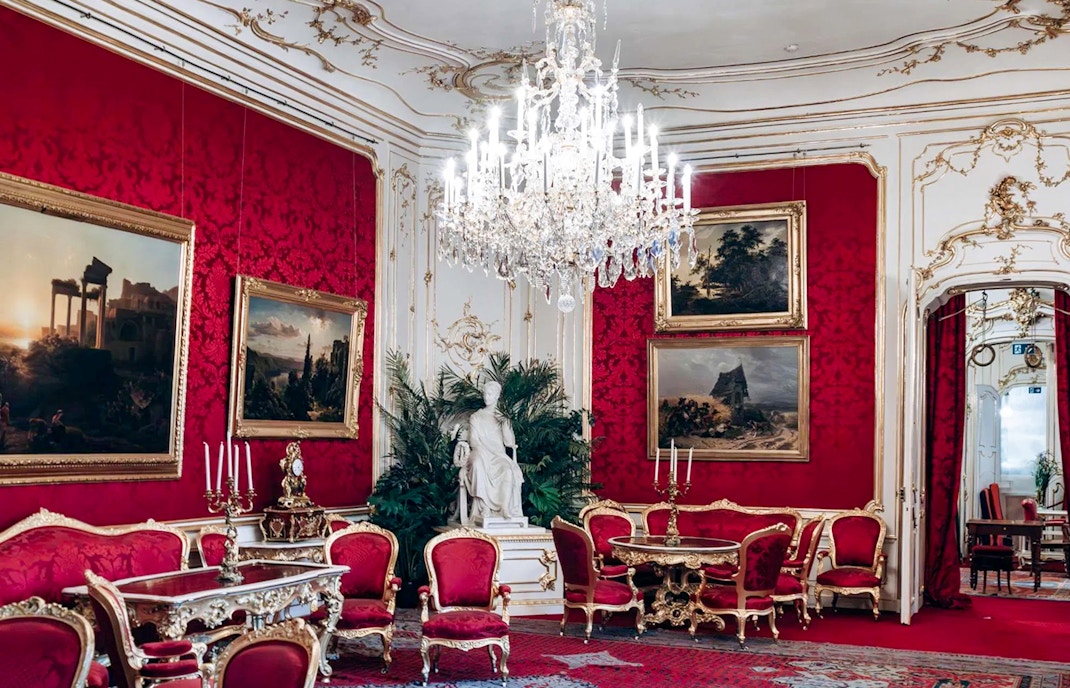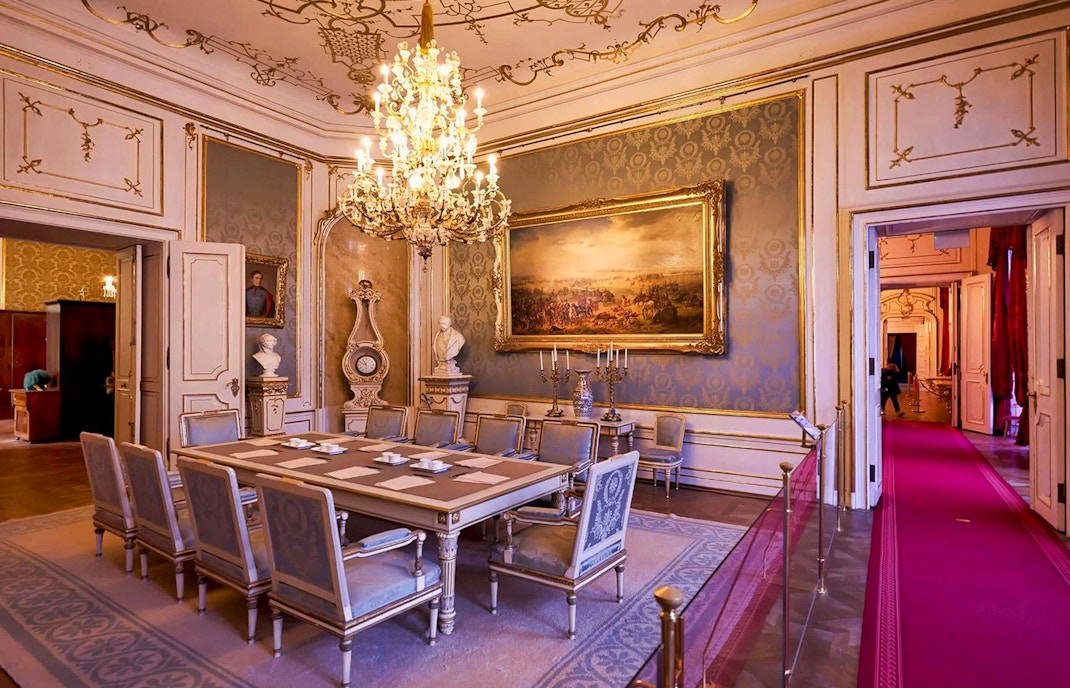While not a single exhibit, the Sisi myth unfolds through rooms filled with personal objects that blur the line between the real Elisabeth and the legend she became. Portraits by Franz Xaver Winterhalter and early fan memorabilia show how her image transformed into lasting myth.
What to see at the Sisi Museum
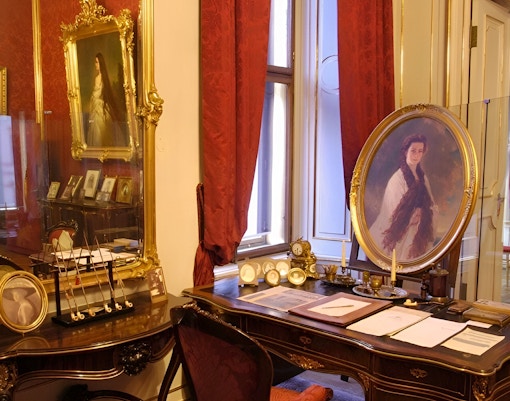
The Sisi Myth
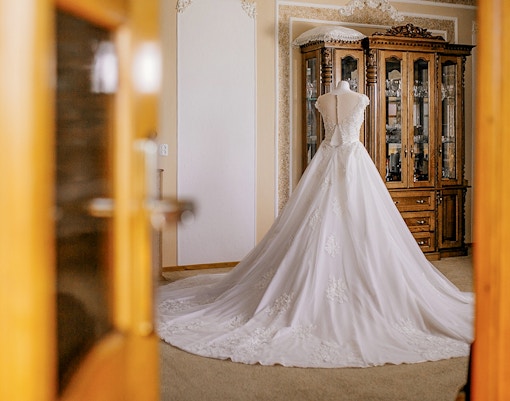
Girlhood
This room takes you to Bavaria, where Elisabeth’s childhood was filled with poetry, nature, and freedom. Her handwritten poems and sketches bring her curious spirit to life, reminding you that this young woman once roamed meadows, not palace halls.
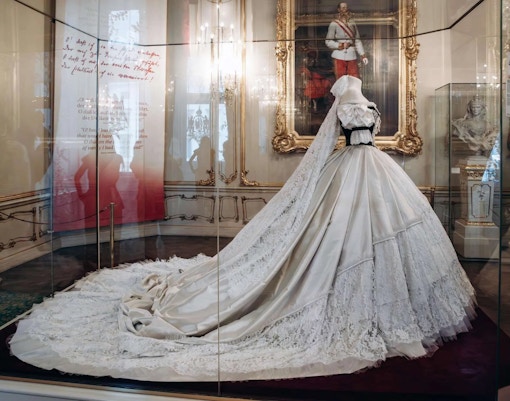
At Court
The "At Court" section is part of the larger exhibit on Empress Elisabeth's life. Here, Vienna’s court life unfolds, where elegant gowns and personal letters reveal Sisi’s glamorous role and quiet isolation.
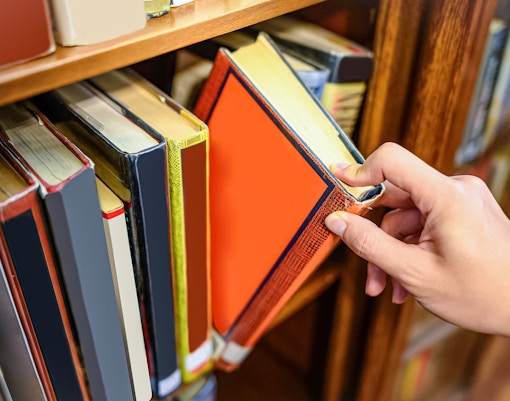
Flight
Here you’ll find travel journals, riding gear, and finely crafted luggage reflecting Elisabeth’s love of escape. One vintage suitcase still bears her Bavarian crest, a symbol of her restless spirit seeking solace beyond Vienna.

Assassination
This section tells the story of Elisabeth’s tragic assassination in Geneva, capturing the shock that rippled across Europe. Her blood-stained silk blouse and newspaper clippings give the story real presence.
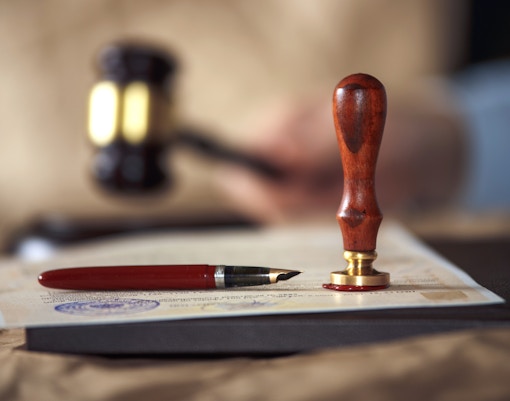
Death
In this final room, Elisabeth’s death mask, mourning clothes, and memorial tributes capture the profound grief that swept through the empire after her passing in 1898. The display also includes her personal belongings and official death certificate.
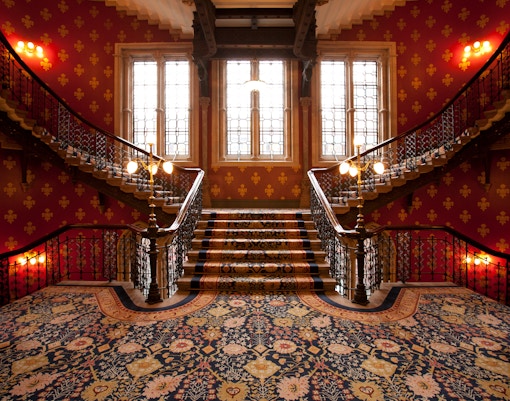
Emperor's staircase
This grand marble staircase marks your entry into the imperial world, adorned with gilt vases and curved balustrades. Once used by Emperor Franz Joseph and Empress Elisabeth, it now serves as a gateway to their private apartments.
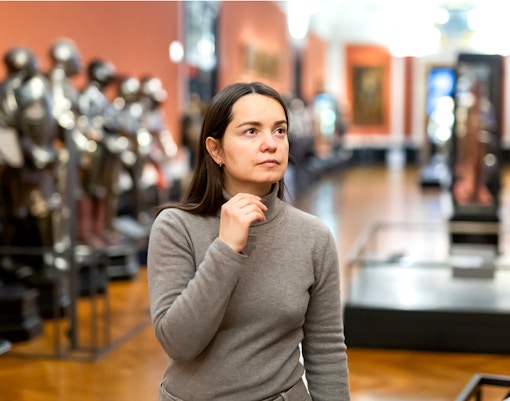
Trabant Guards Room
Once filled with the emperor’s guards, this decorated space features military portraits and tapestries. It recalls the guards who protected the royal family and preserved the order of imperial court life.
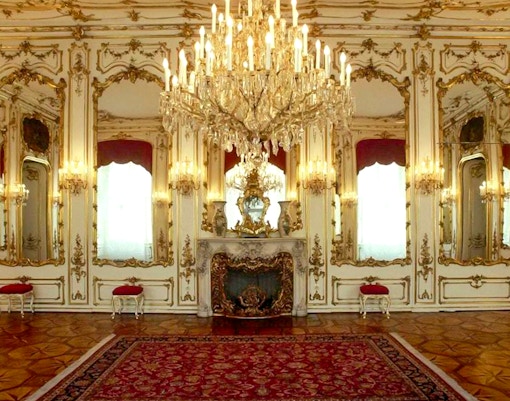
Audience Chamber
Here, Emperor Franz Joseph held official audiences beneath crystal chandeliers and gold-trimmed walls. A lectern marks where he stood to meet petitioners, allowing brief encounters that still conveyed imperial presence.
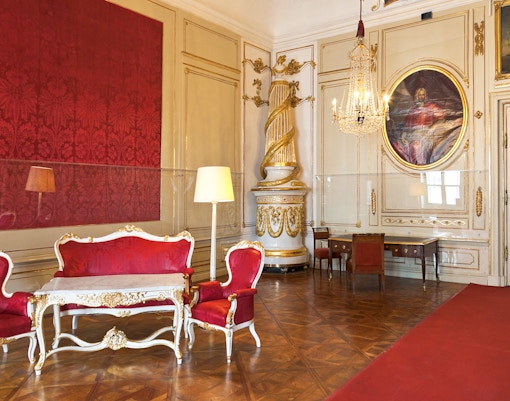
Conference Room
The polished interiors reflect the serious business of the empire. Paintings of battle scenes from the 1849 Hungarian Revolution and busts of Franz Joseph, his mother, and Field Marshal Radetzky give the room historical weight.
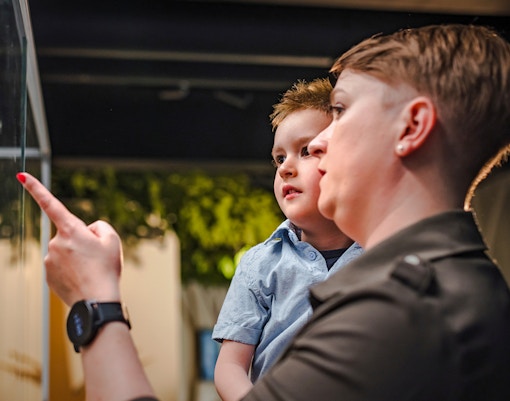
Dressing and Exercise Room
In this intimate room, Elisabeth’s grooming tools and gym equipment lie side by side. Wooden gymnastics rings still hang near the window, proof that her beauty regimen was as disciplined as her life.
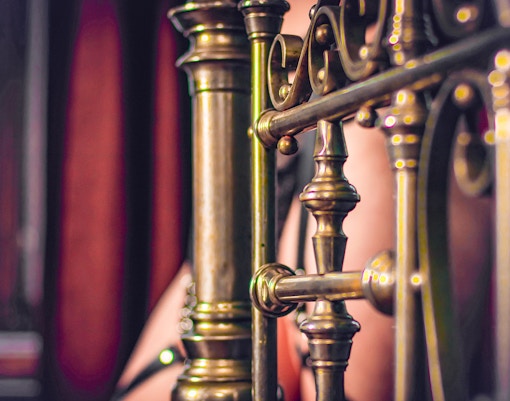
Bedroom
Emperor Franz Joseph’s bedroom is surprisingly modest. A simple iron bed and plain furnishings reflect his humility and devotion to duty. Family portraits of Elisabeth and his mother bring warmth to the space.
